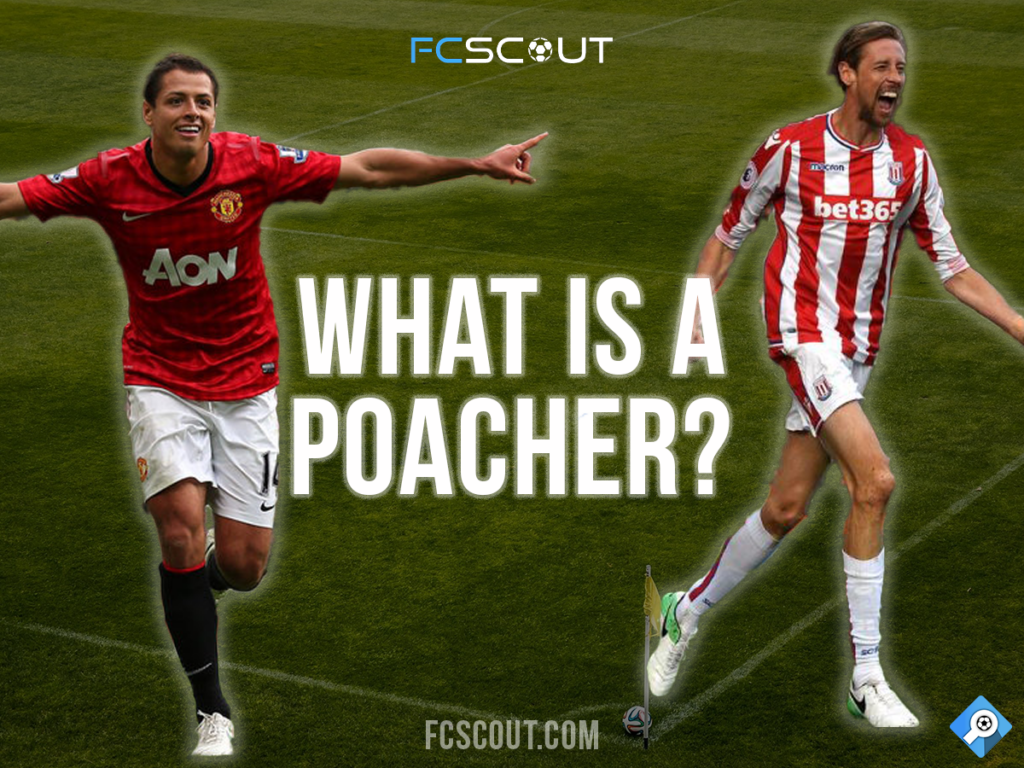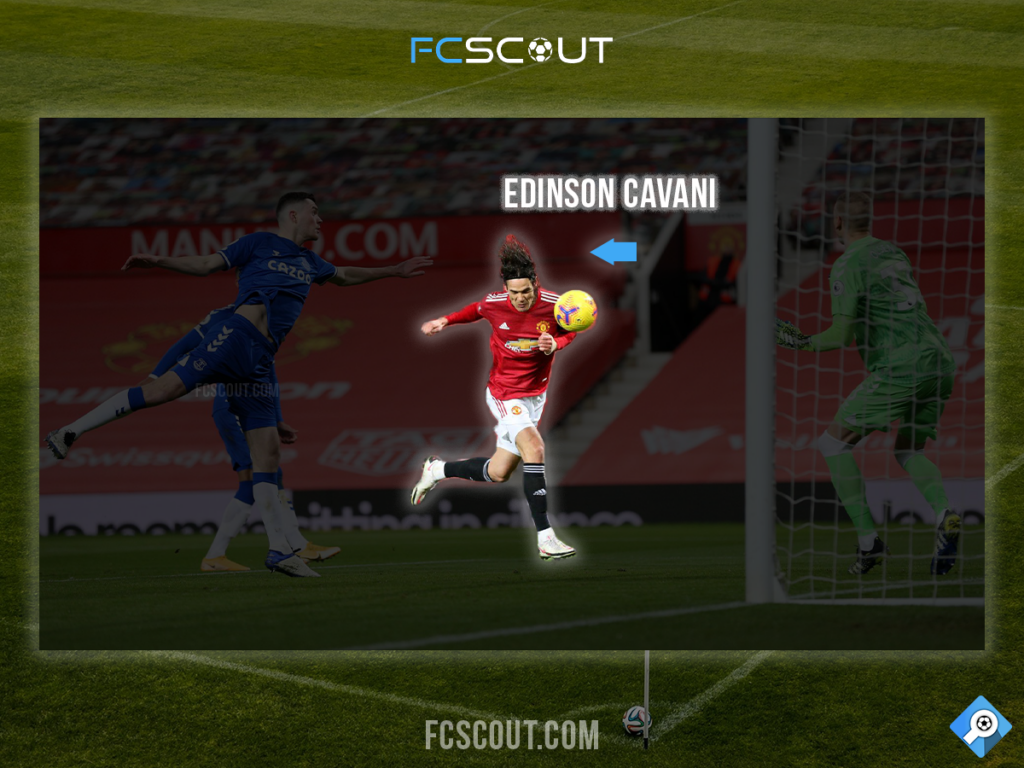What is a Poacher in soccer?
Hey, soccer fans! Today, we’re gonna talk about one of the most exciting positions in soccer – the poacher. If you’re a soccer fan like us, then you know that a poacher is the player who always seems to be in the right place at the right time, scoring goals left and right. In this article by fcscout.com, we’ll talk about the characteristics and responsibilities of a poacher, some of the most famous poachers in soccer history, and the art of poaching goals.

Characteristics and Responsibilities of a Poacher
So, what exactly is a poacher? A poacher is a striker whose primary job is to score goals. But it’s not just about scoring any old goal – a poacher specializes in scoring goals from close range, with a focus on positioning and timing. Some of the key characteristics and responsibilities of a poacher include:
Goal-scoring ability: A poacher needs to have a natural instinct for scoring goals. This requires good technique, accuracy, and the ability to read the game and anticipate opportunities.
Tactical positioning: Poachers must have a good understanding of the game and be able to position themselves in a way that maximizes their chances of scoring. This means moving into space and finding gaps in the defense.

Movement off the ball: Poachers must be constantly on the move, looking for opportunities to create chances or score goals. This requires a high level of fitness and the ability to run for long periods of time.
Anticipation and reaction time: Poachers must be able to anticipate where the ball is going and react quickly to create scoring opportunities.
Awareness of the game: Poachers need to be aware of what’s happening on the field and be able to make quick decisions based on the situation.
Famous Poachers in Soccer History
Now, let’s talk about some of the most famous poachers in soccer history. First up, we’ve got Gary Lineker, who was known for his goal-scoring ability and his knack for being in the right place at the right time. Next, there’s Filippo Inzaghi, who scored over 300 career goals and was known for his ability to finish from close range.
Then, there’s Michael Owen, who burst onto the scene as a teenager and quickly made a name for himself as a deadly poacher. Robbie Fowler was another famous poacher, who scored over 250 career goals and was known for his clinical finishing ability. And finally, there’s Ian Rush, who scored over 350 career goals and helped lead Liverpool to numerous titles.
Here is a list of the 20 top poachers in soccer history:
- Gerd Muller
- Gary Lineker
- Filippo Inzaghi
- Jimmy Greaves
- Miroslav Klose
- Pippo Inzaghi
- Lionel Messi
- Cristiano Ronaldo
- Romário
- Michael Owen
- Ruud van Nistelrooy
- Ian Rush
- Fernando Torres
- Alan Shearer
- Andriy Shevchenko
- Gabriel Batistuta
- Francesco Totti
- Dennis Bergkamp
- Samuel Eto’o
- Robbie Fowler
The Art of Poaching
So, how exactly do poachers score goals? Well, it’s all about instinct. A good poacher has a natural ability to read the game and anticipate where the ball is going to be. They know when to make their runs and where to position themselves to create scoring opportunities. This requires a lot of practice and experience, but it’s also something that comes naturally to some players.
The art of poaching also involves taking advantage of mistakes by the opposing team. For example, if the goalkeeper makes a mistake or the defense fails to clear the ball properly, a poacher can pounce on the opportunity and score a goal.

But it’s not just about individual skill – the role of team play is also important in poaching goals. Poachers need to have a good understanding of their teammates’ strengths and weaknesses, and be able to communicate effectively on the field. This means creating chances for themselves and others, and being able to work well with other attacking players.
Poaching in Modern Soccer
So, how has the role of the poacher evolved in modern soccer? Well, in recent years we’ve seen a trend towards more fluid formations and positions, with players expected to contribute in multiple areas of the game. This has led to a greater emphasis on versatility and technical ability, rather than just goal-scoring prowess.
However, the poacher position is still an important part of modern soccer. In fact, with the increasing use of technology and data analysis, teams are able to identify players who have a natural instinct for scoring goals and use this information to their advantage.

For example, by analyzing a player’s movement patterns and scoring history, teams can identify when and where a player is most likely to score a goal. This information can then be used to develop strategies and tactics that maximize the poacher’s effectiveness on the field.
Conclusion
So, there you have it – a quick rundown on what a poacher is in soccer by fcscout.com. As we’ve seen, the poacher position is all about scoring goals, but it’s also about being a team player and contributing to the overall success of the team. Whether you’re a fan of Gary Lineker or Michael Owen, or you’re just getting into soccer, understanding the role of the poacher is an important part of appreciating the game. So, get out there and start practicing your goal-scoring skills – you might just be the next great poacher!
EXPLORE MORE CLUBS!
Explore more professional clubs by continent.






